Select louvre systems for applications including ventilation, screening, weather protection, and sound attenuation. Contour® HP50 high-performance louvre achieves a Class A rating for weather resistance, while Contour® Acoustic louvres provide a Weighted Sound Reduction Index of up to 20 dB in a single-bank configuration. Systems are backed by relevant performance test certification and Environmental Product Declarations (EPDs).
Maple
Products
Products
To download datasheets and technical resources for our products, register to the Specifiers' Portal.








.jpg)












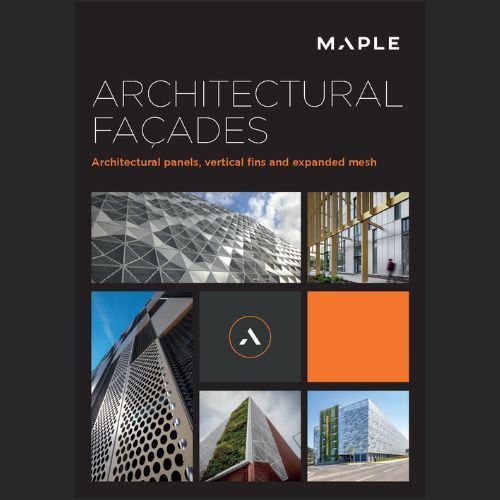








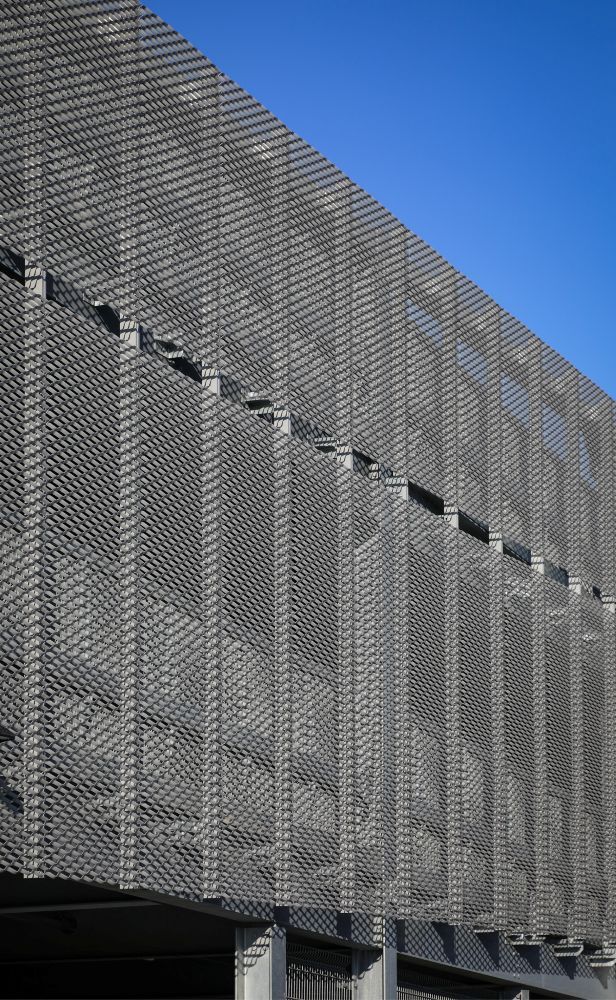










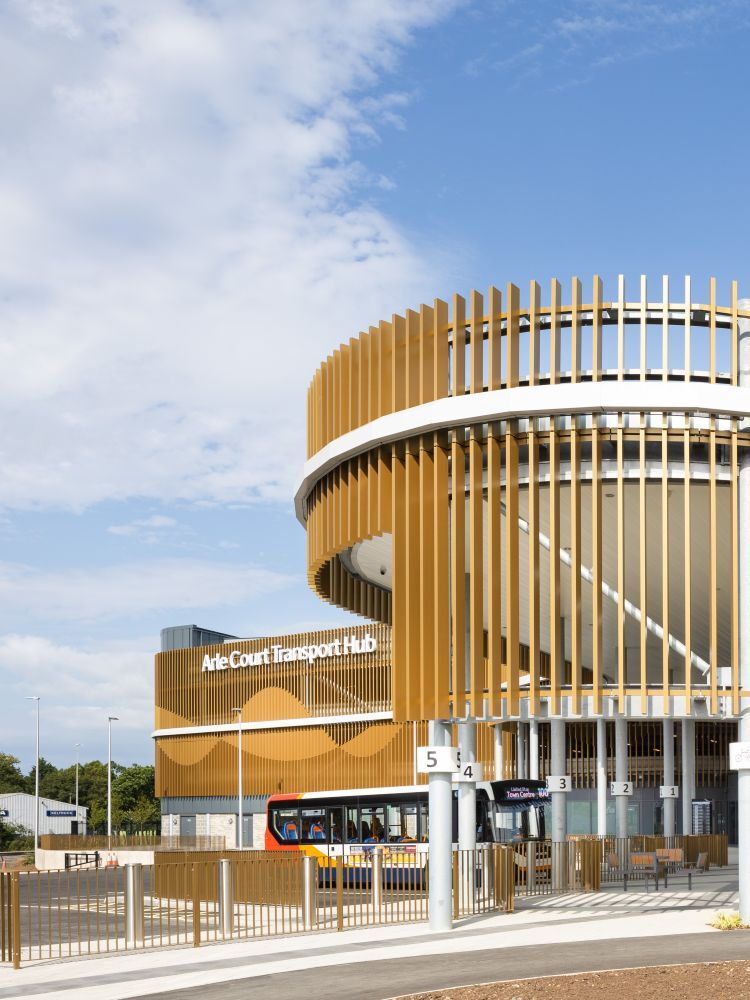


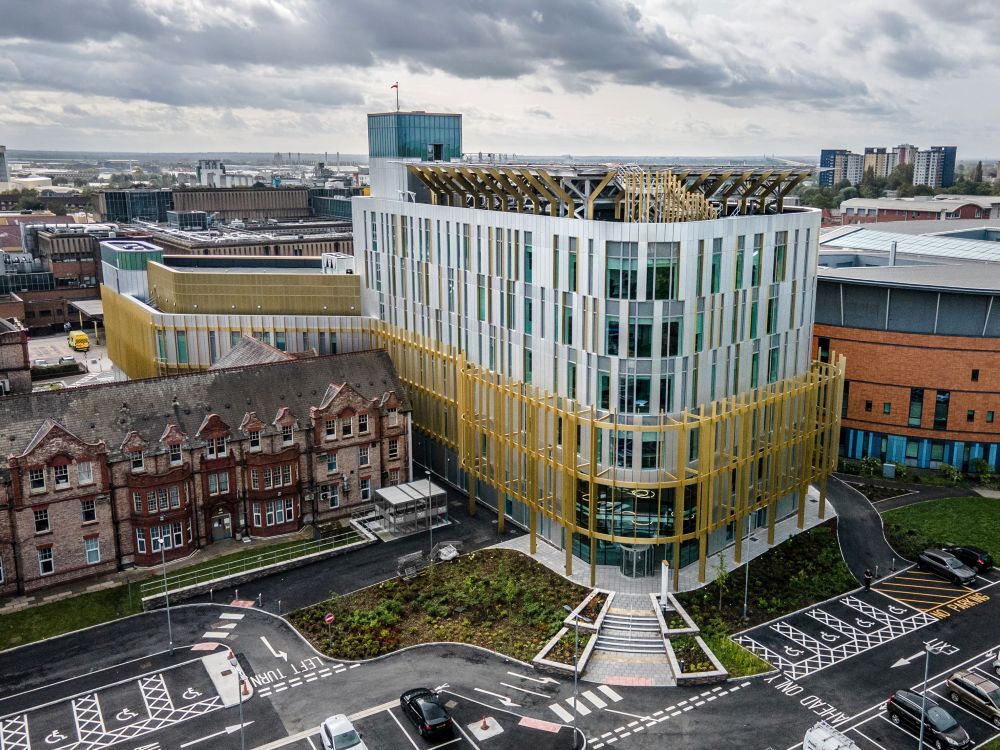
















.jpg)



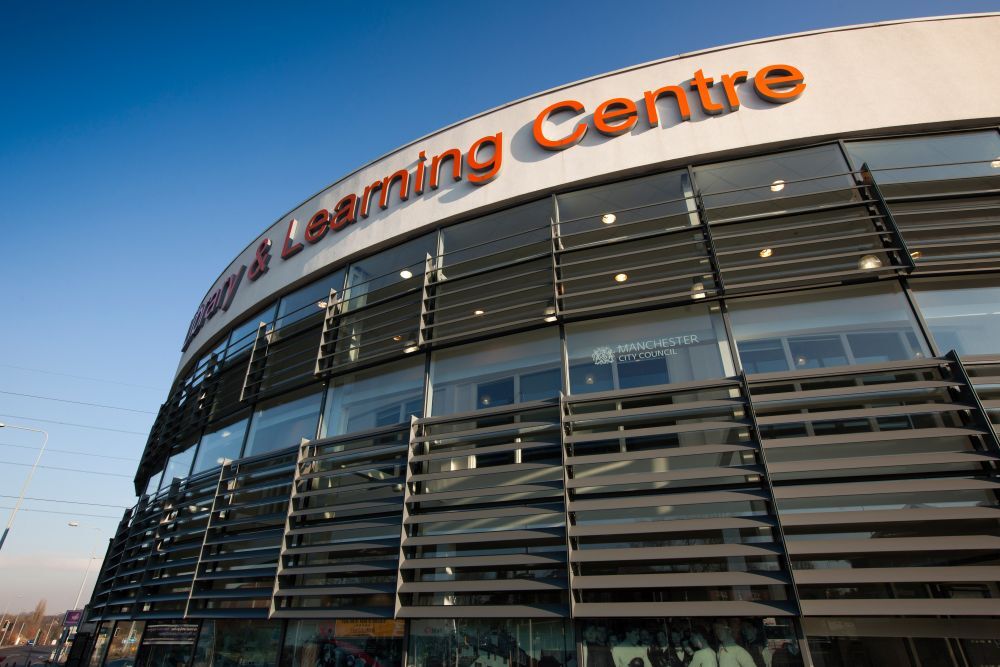






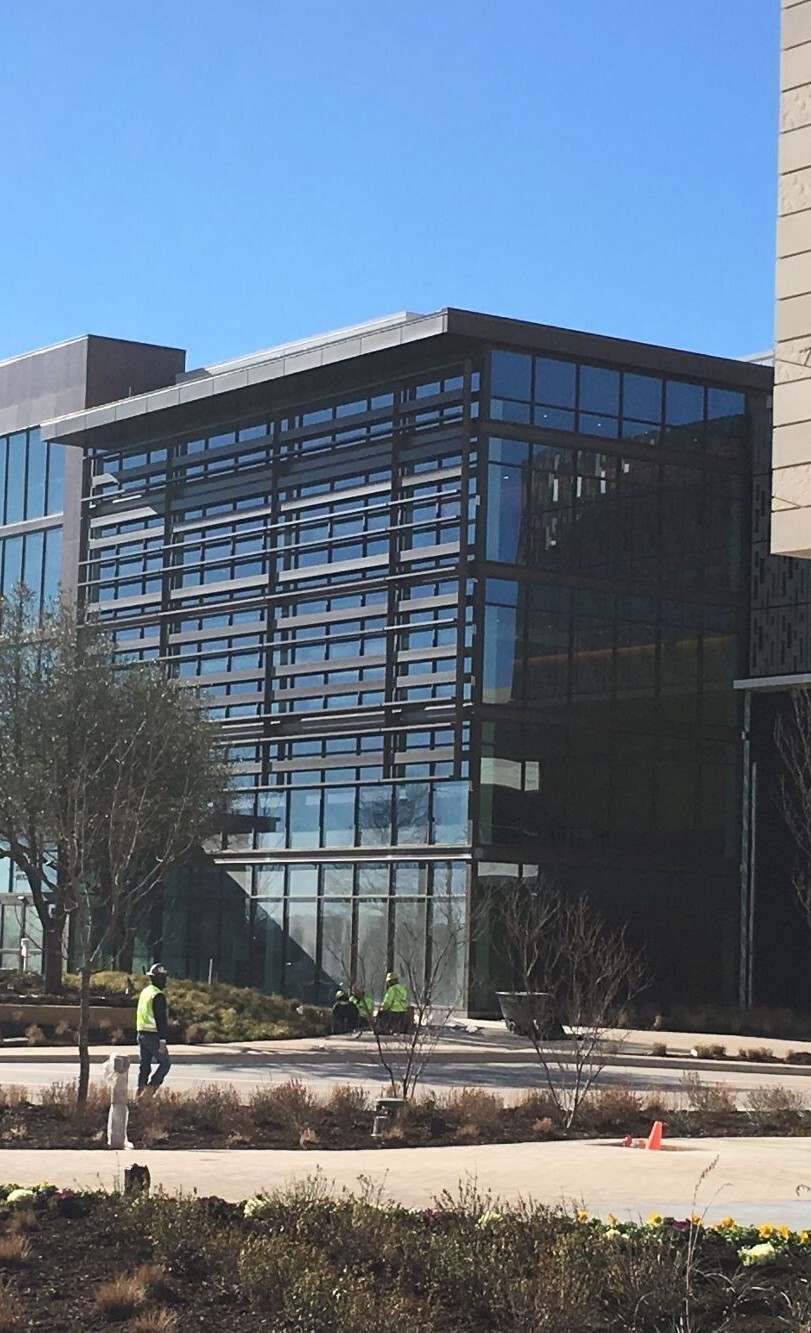




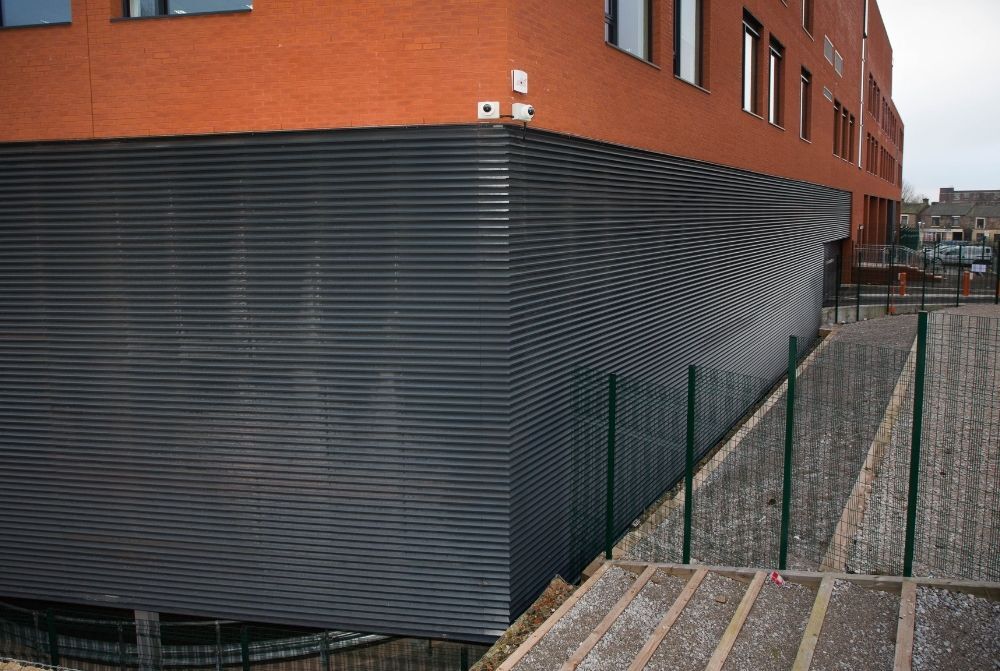










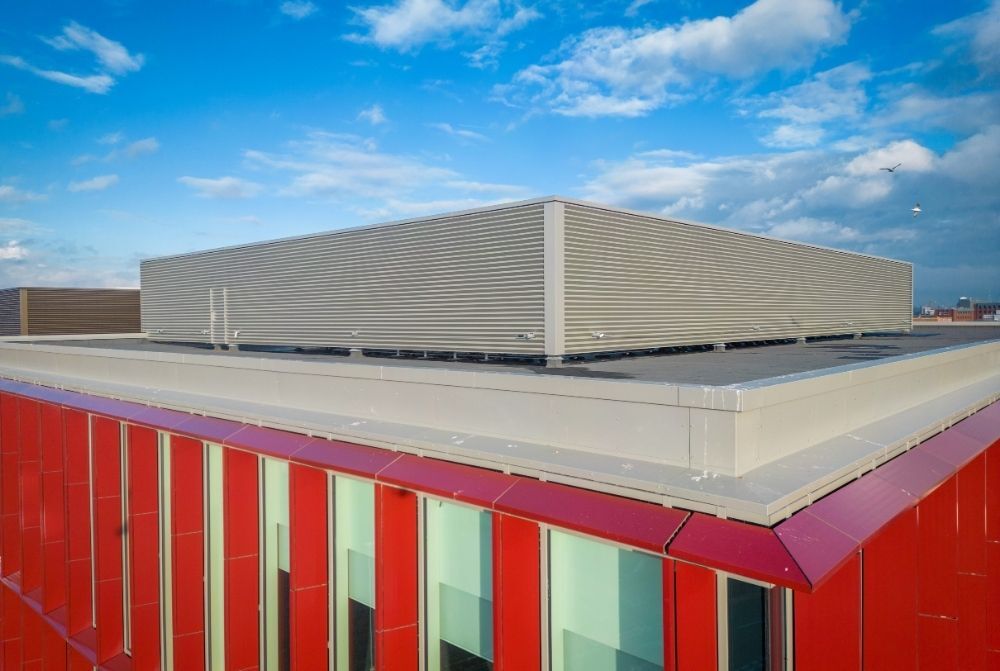




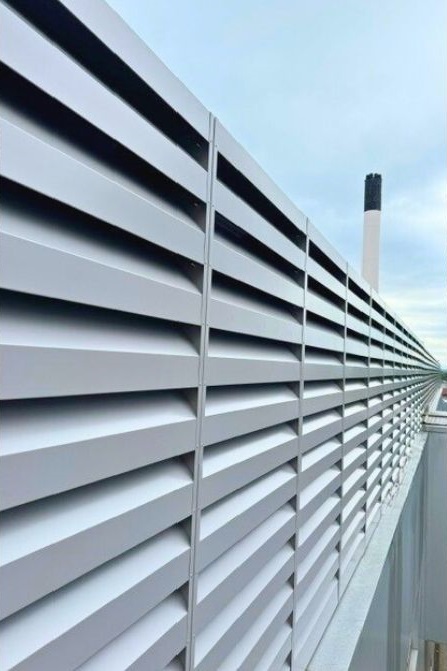
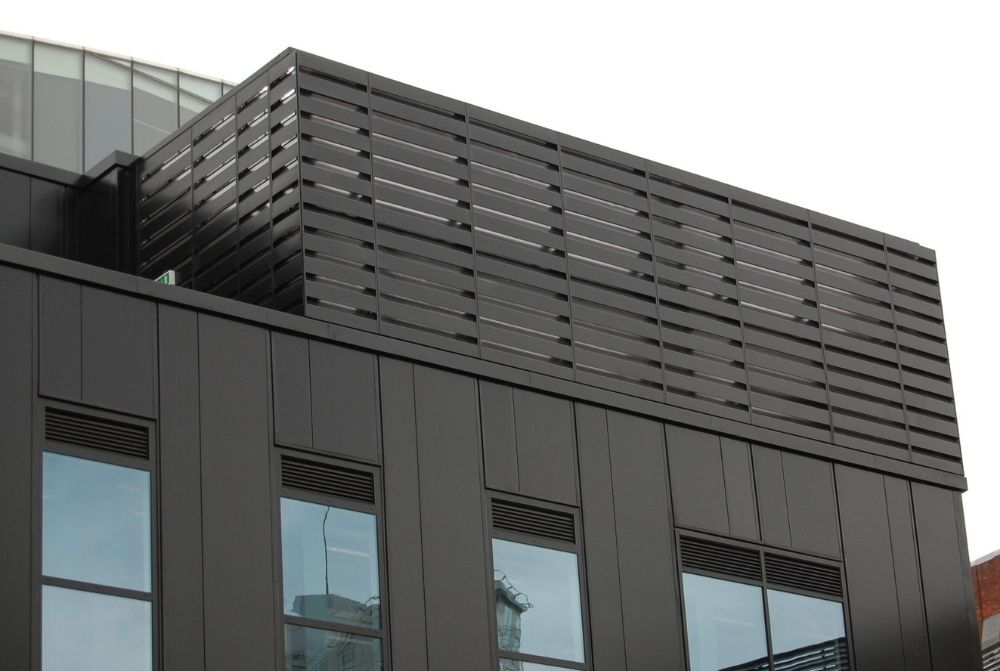


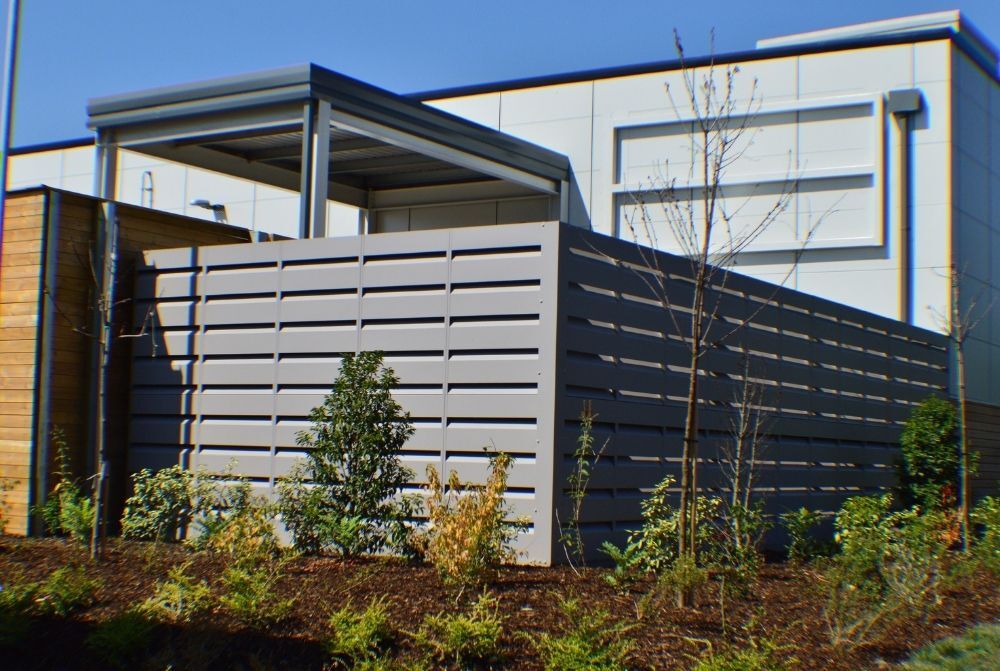




.jpg?width=1000&height=667&name=Solaire%20roller%20blinds%20(4).jpg)
.jpg?width=1000&height=667&name=Solaire%20roller%20blinds%20(3).jpg)
.png)




.jpg?width=1000&height=667&name=solaire%20vertical%20blinds%20(2).jpg)
.jpg)


.jpg?width=1000&height=667&name=Solaire%20rooflight%20blinds%20(1).jpg)
.jpg?width=1000&height=667&name=Solaire%20rooflight%20blinds%20(2).jpg)

.jpg?width=1000&height=667&name=commercial%20blinds%20(2).jpg)

.jpg?width=1000&height=667&name=commercial%20blinds%20(1).jpg)